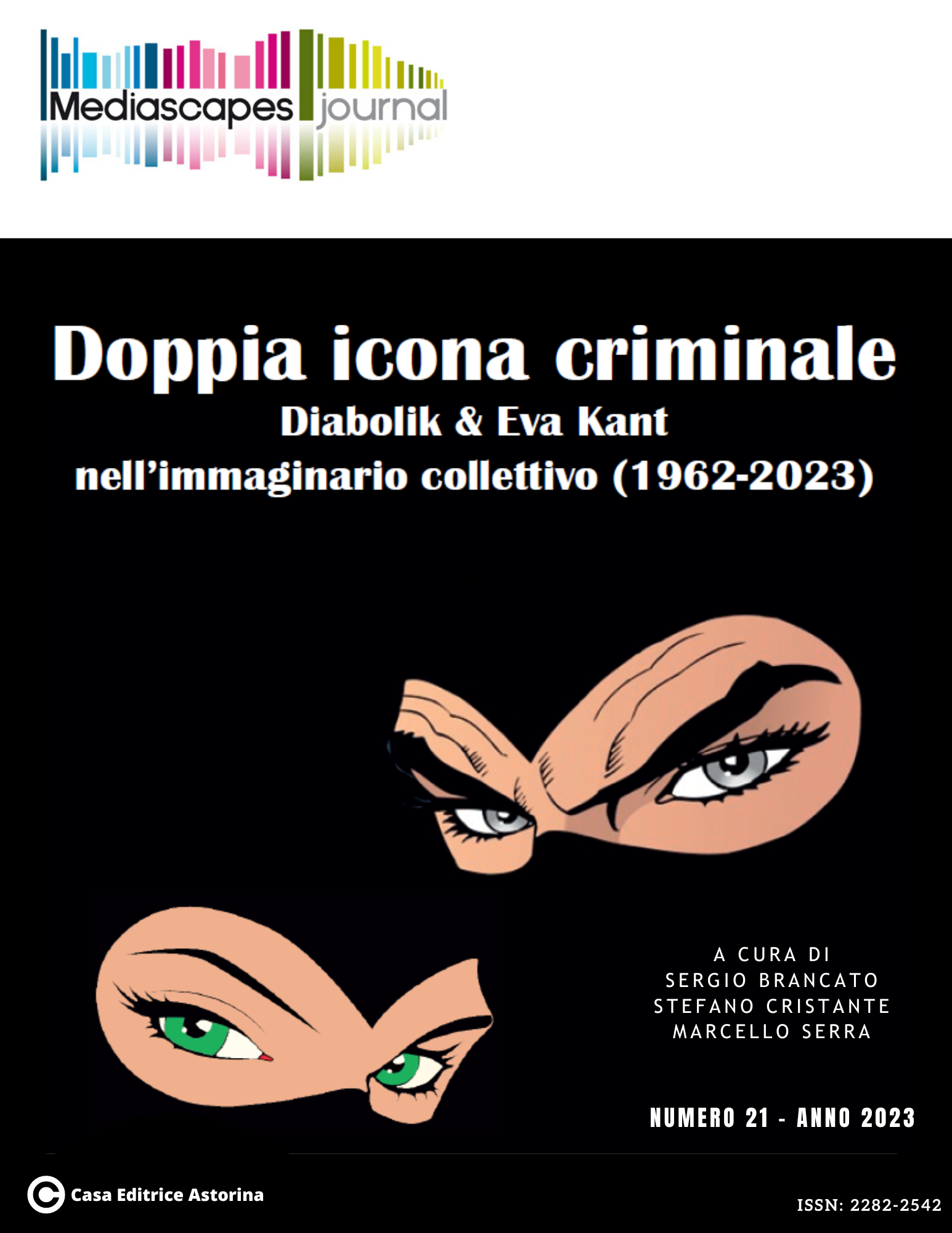Tra spazi fisici e digitali
Come i giovani raccontano la pandemia attraverso il visual storytelling
Keywords:
young people, covid 19, visual storytelling, digital platformsAbstract
This article focuses on the perception of physical and digital spaces by young people during the pandemic period and the transformation of their relationships (with themselves and others) within those spaces. The pandemic has undoubtedly caused a disruption in social rituals and a radical reorganization of the timing and rhythms of daily life. As part of the activities of the PRIN project "Inhabiting uncertainty: A multifaceted study on the relationship between social attitudes and lifestyles in pandemic spaces," the research unit affiliated with the University of Turin analyzed 69 visual storytelling projects created by a sample of young individuals belonging to Generation Z (conventionally defined as those born between 1997 and 2010) during a post-pandemic period, between March and June 2022. Using these visual and creative outputs, the young participants in the study attempted to express, through reflective narratives, how physical and digital spaces were inhabited, experienced, and semantically reworked during the pandemic, particularly during the first lockdown. Through a bottom-up qualitative methodology, the narratives constructed through visual storytelling contributed to providing a comprehensive overview of how the young boys and girls lived through a critical and challenging phase of their existence. They attributed new meanings to social spaces and identified creative and alternative forms of managing social relationships and the self. Within this context, attention was given to the role played by media, particularly digital platforms, which, especially during the pandemic, served as a complementary space to the private and physical realm of the home and the external sphere of public life, consisting of squares, streets, and significant places such as schools, gyms, and churches.
Downloads
Published
How to Cite
Issue
Section
License

This work is licensed under a Creative Commons Attribution 4.0 International License.
Mediascapes Journal is published under a Creative Commons Attribution Licence 4.0.
With the licence CC-BY, authors retain the copyright, allowing anyone to download, reuse, re-print, modify, distribute and/or copy their contribution. The work must be properly attributed to its author. It should be also mentioned that the work has been first published by the journal Anuac.
Having published these contributions for the first time, Mediascapes Journal will have the right to publish them integrally or partially as reprints or possibly as part of a thematic issue, in both digital and printed format.
It is not necessary to ask further permissions both to author or the journal.


